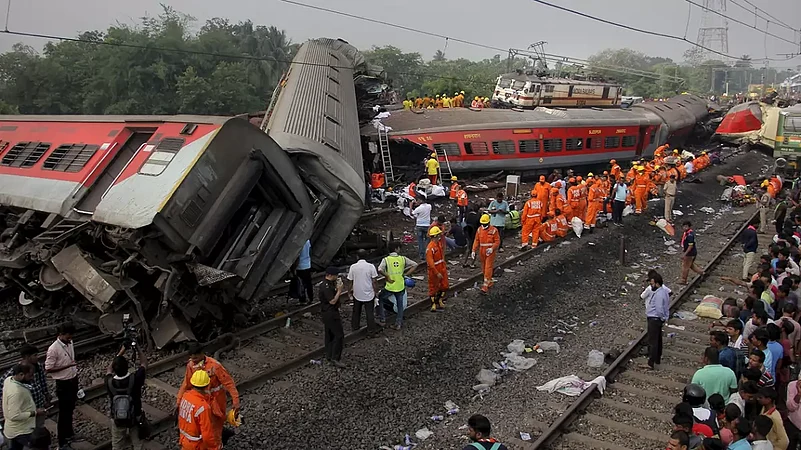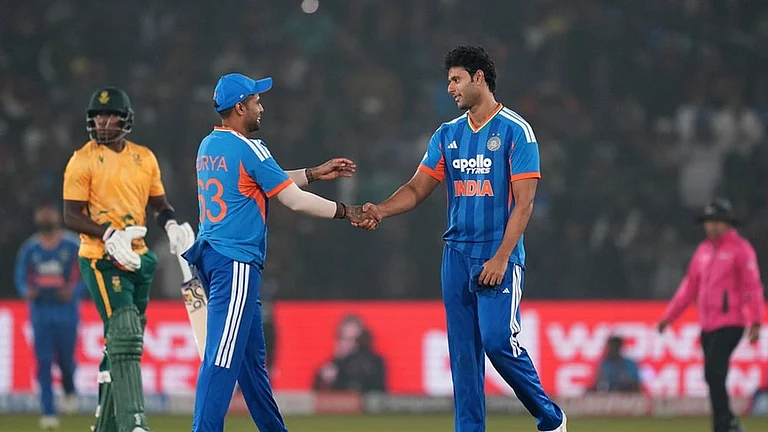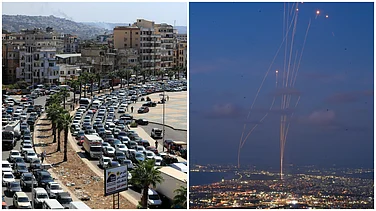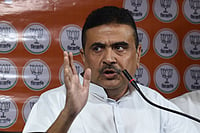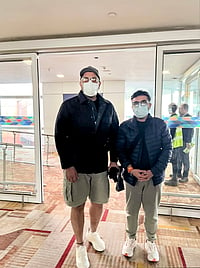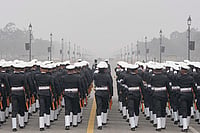Eighteen hours after the horrific collision of three trains in Odisha's Balasore district, railways spokesperson Amitabh Sharma said that the rescue operations have been completed and restoration work has begun. "Kavach was not available on this route," he said.
The accident Friday night killed at least 275 people and injured more than 900, in one of the worst railway tragedies of the country. Officials said this coach was buried in the ground as another passenger wagon jumped rail on top of it, the death toll is expected to jump once this wagon is brought up.
In the aftermath of the incident, many argued that the presence of Automatic Train Protection (ATP) System called Kavach, developed in collaboration with three Indian vendors by the Research Designs and Standards Organisation (RDSO), could have prevented the accident.
What is Kavach?
The 'Kavach' system is designed to bring a train to a halt automatically when it notices another train on the same line within a prescribed distance. It was launched by the Ministry of Railways on March 23, 2022.
Some of its key features include automatic brake application in case the locomotive pilot fails to act, availability of line-side signal display in the cabin for improved visibility in foggy conditions and at higher speeds, automatic whistling at level crossings, continuous updating of movement authority, collision avoidance through direct loco-to-loco communication, and the inclusion of an SOS feature to control trains in emergency situations.
Kavach is developed by Research Design and Standards Organisation (RDSO) in collaboration with Indian industry.
According to a report by The Hindu, when Railway minister Ashwini Vaishnaw inspected the trial on March 4, 2022, a head-on-collision situation was created with two locomotives moving towards each other.
The Kavach system initiated the automatic braking system and halted the locomotives 380 metres apart. Crossing of the red signal was also tested wherein the locomotive did not cross the red signal as KAVACH necessitated the application of brakes automatically. Automatic whistle sound was loud and clear when gate signal approached.
Further, KAVACH automatically reduced the speed to 30 kmph from 60 kmph as the locomotive entered the loop line, the report said.
Where is Kavach implemented?
During the development phase, Kavach was implemented for a length of 264 km covering 25 stations across Wadi – Vikarabad – Sanath Nagar and Vikarabad – Bidar sections over South Central Railway. Later, the system has been further extended by additional 936 kms, taking the cumulative deployment of Kavach to 1,200 kms, an SCR release said.
The total expenditure incurred on the development of Kavach stands at ₹16.88 crores. The rollout of Kavach is planned on the New Delhi–Howrah and New Delhi–Mumbai sections, with a target completion date of March 2024. Further expansion will be based on the experience gained from the initial implementation.
The Minister of Railways, Communications, and Electronic & Information Technology, Shri Ashwini Vaishnaw, provided this information in a written reply to a question in the Lok Sabha.
The ministry further said there are no accidents reported with Kavach-fitted trains plying in the Kavach-deployed section.
According to a report by News18, the Kavach system has been implemented on 1,455 km of South Central Railway routes (as of 2023). In addition, Kavach works have been awarded on 3,000 km route of Delhi-Howrah and Delhi-Mumbai sections of Indian Railways and the work is in progress.
Was Kavach implemeted on the route of the accident?
Railways spokesperson Amitabh Sharma said that Kavach was not available on this route.
In responce, TMC's Saket Gokhale questioned why only two percent of the total railway routes were brought under Kavach.
"In 2011-12, Indian Railways under then Railways Minister @MamataOfficial developed the "Train Collision Avoidance System (TCAS)" system. Modi Govt, after coming to power, typically renamed this to #Kavach purely to take credit. There was ZERO PROGRESS on deploying this crucial rail safety technology until 2019 when 3 companies were approved for manufacturing & installing KAVACH on railways," Saket Gokhale tweeted.
While it is not clear what caused the crash, sources indicate a possible signalling failure. The triple pile-up occurred in a matter of just a few minutes at around 7 pm.
(With inputs from PTI)






